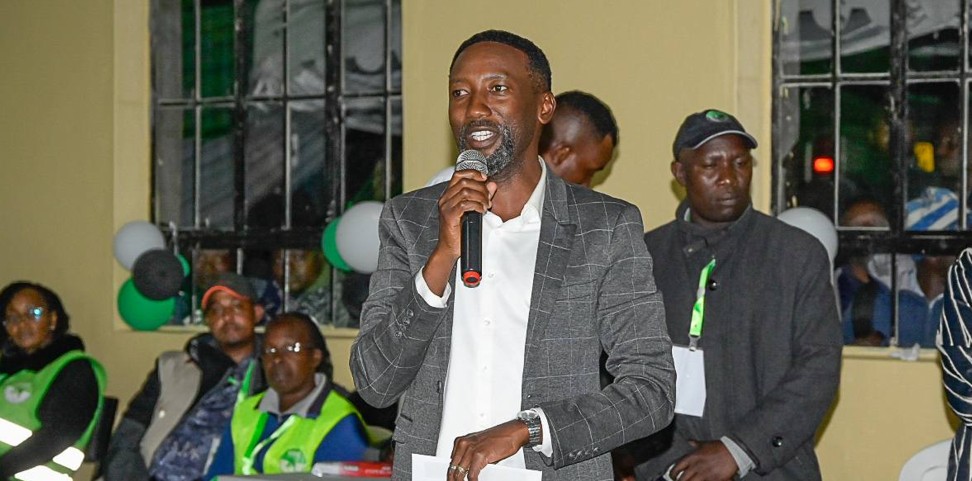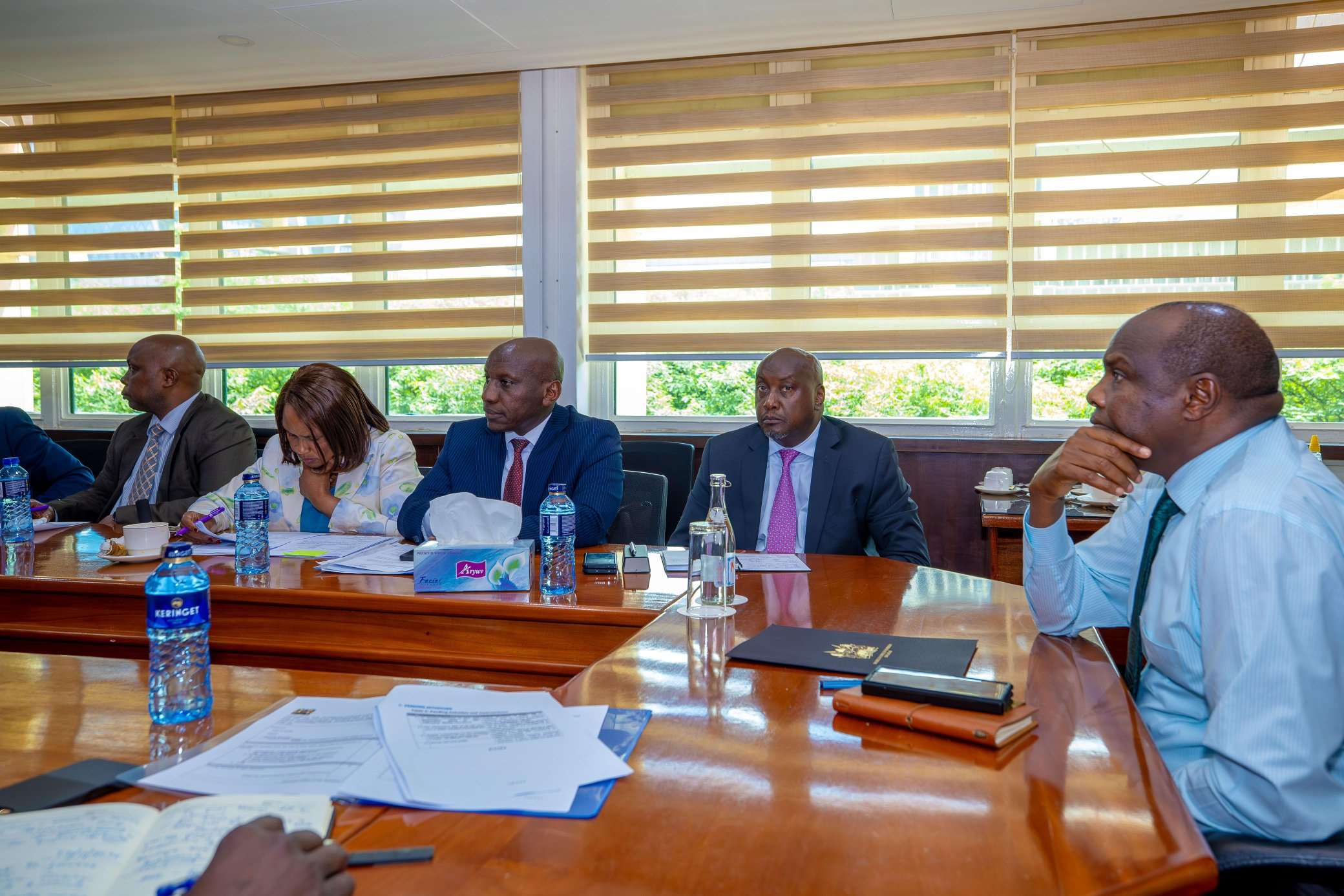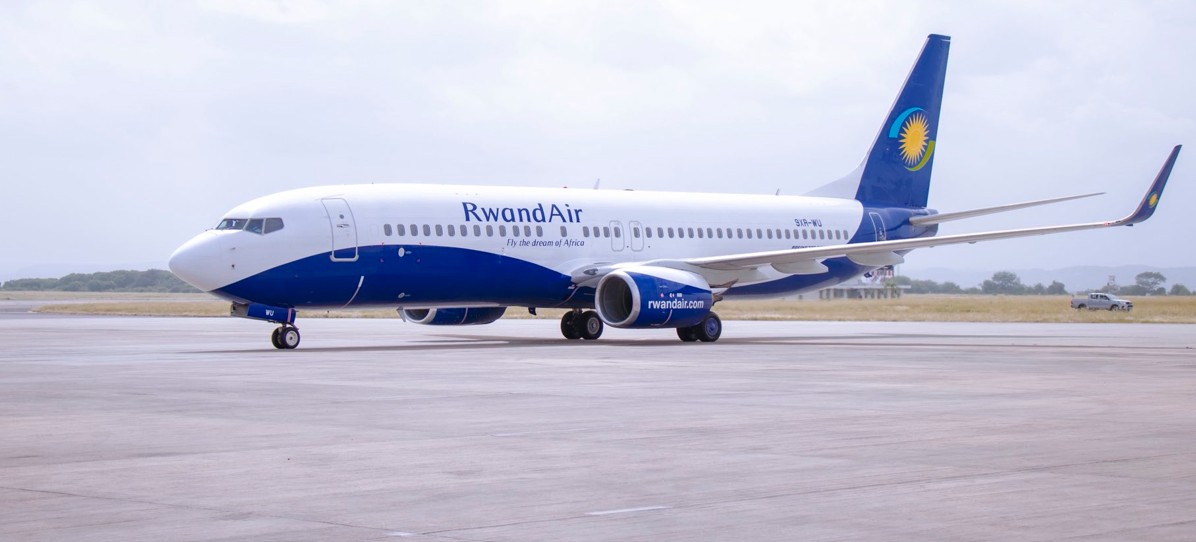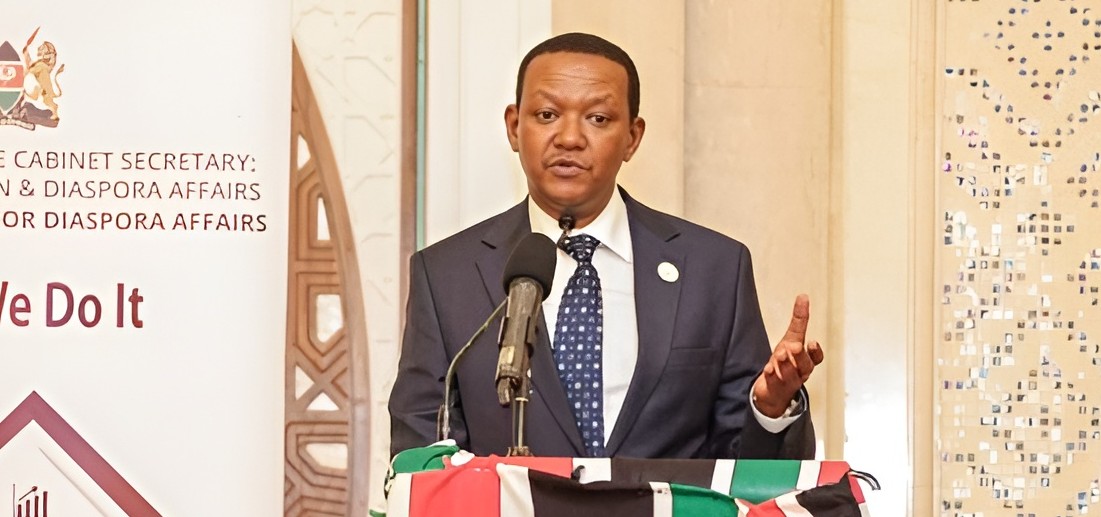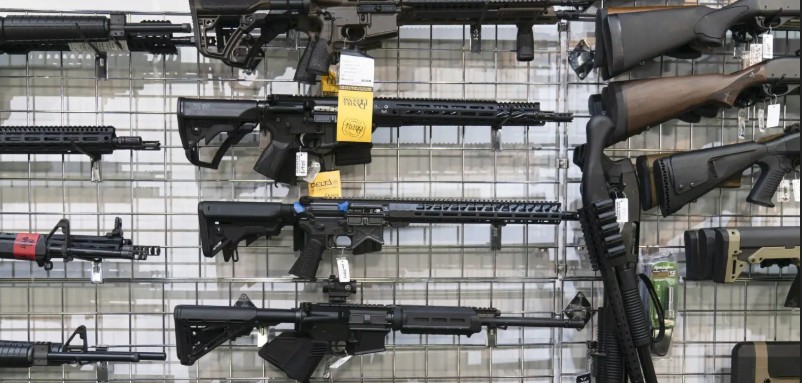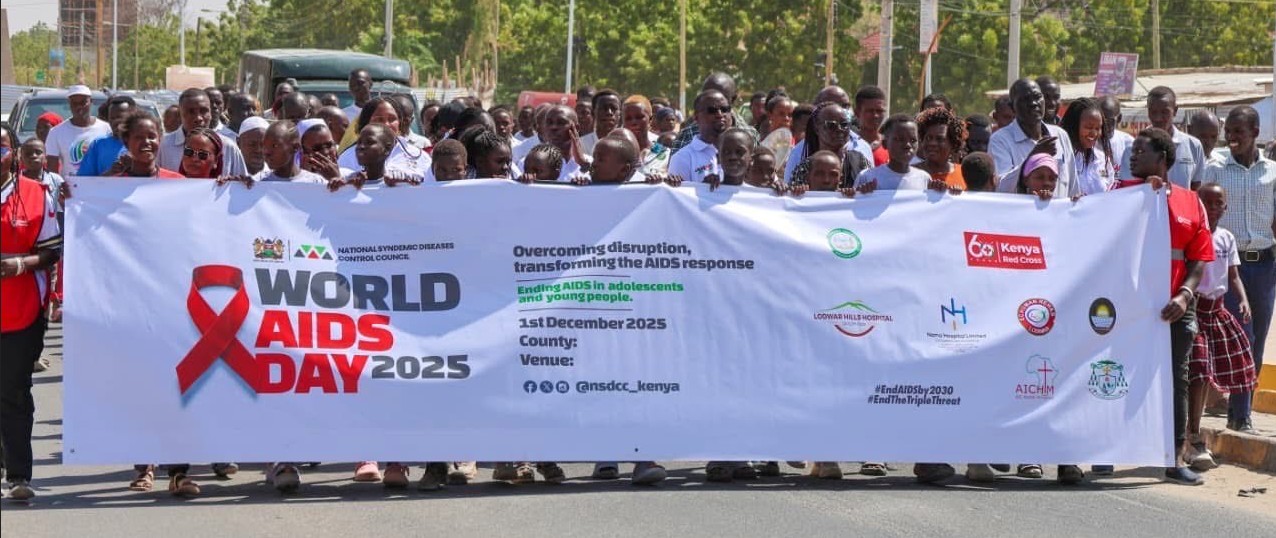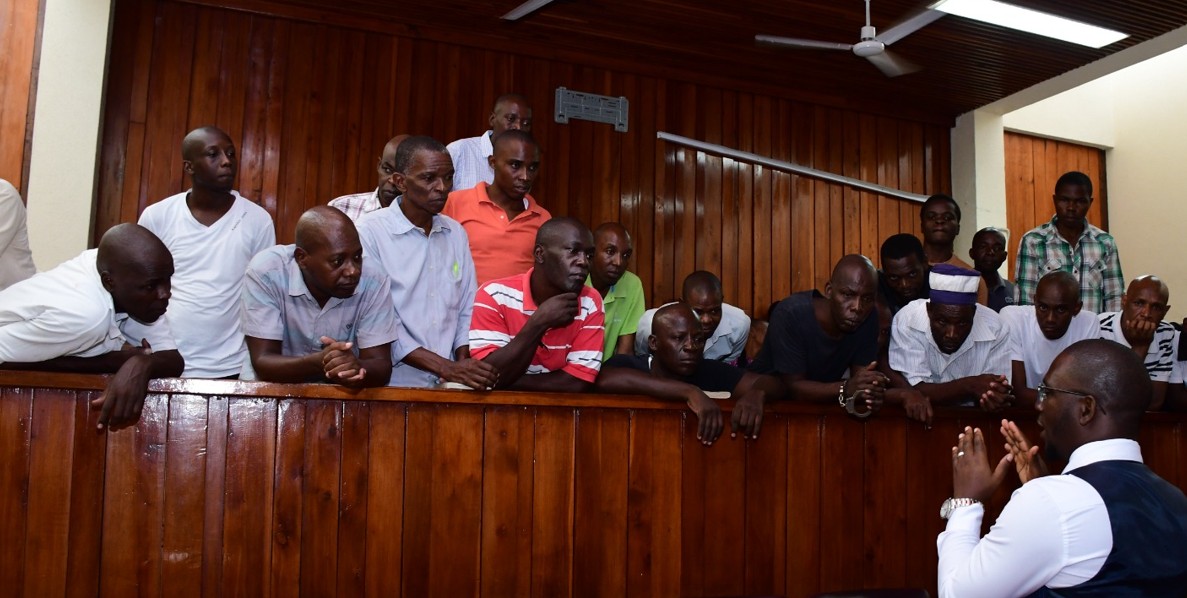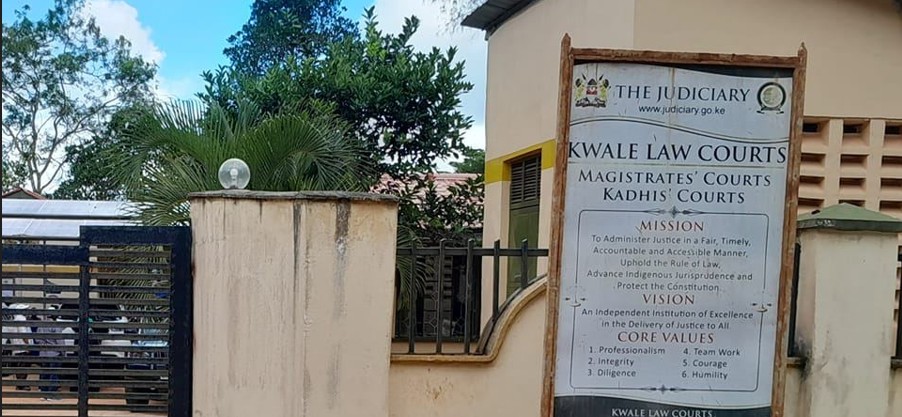Capitation crisis forces early school closures nationwide
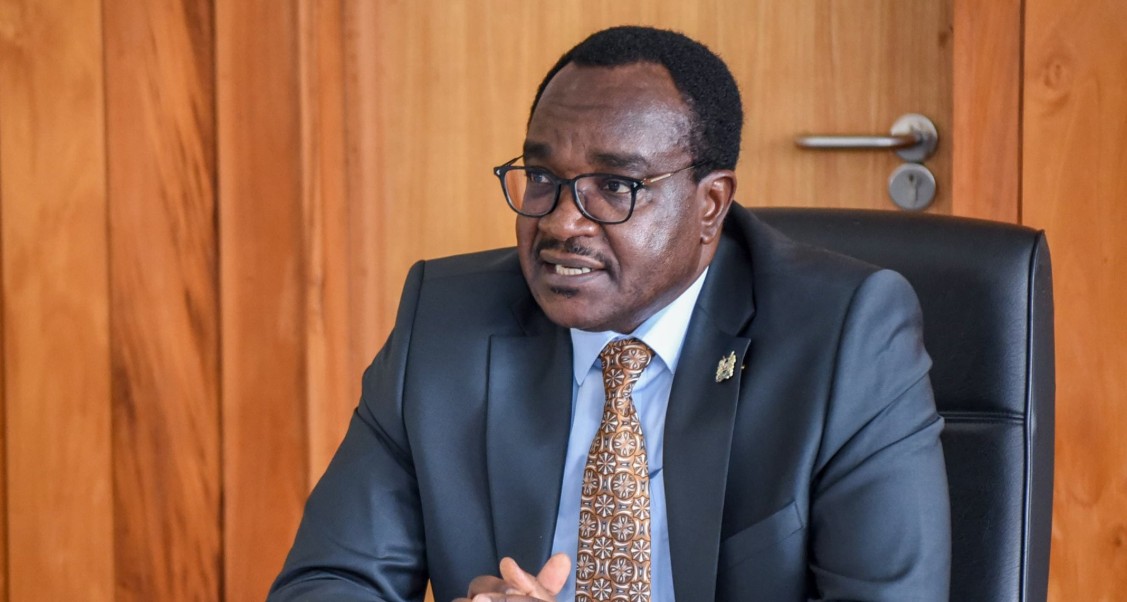
So far, the government has released Sh22.1 billion in capitation funds to public primary and secondary schools. However, some institutions remain unable to access the money as audits to detect alleged fraud continue.
The government has yet to fully resolve the capitation crisis that has disrupted school operations across the country, even as learners begin their two-month end-year holiday amid reports of premature closures due to inadequate funding.
While the official school calendar indicates that the third term was to end on October 24, many schools have shut down earlier, citing delays and shortfalls in disbursement of funds.
More To Read
- Over 44,000 schools cleared for capitation as audit uncovers 87,000 ghost learners
- MPs outraged as Education CS reveals Sh1.1 billion paid to ghost students in public schools
- Capitation withheld from 29 schools pending verification, Education CS Ogamba tells MPs
- Education CS Julius Ogamba summoned by MPs over delays in school capitation funds
- New funding formula aims to guarantee timely release of school capitation
- MPs urge Education Ministry to recall students sent home over delayed capitation payments
The crisis has been compounded by the Treasury and the Education Ministry’s ongoing efforts to align the funding calendar with the government’s annual budget cycle from January–December to June–June, causing delays in allocations to schools.
So far, the government has released Sh22.1 billion in capitation funds to public primary and secondary schools. However, some institutions remain unable to access the money as audits to detect alleged fraud continue.
Basic Education Principal Secretary Julius Bitok said 18,000 out of the 23,000 public primary schools had received their full capitation, while the remaining 5,000 were still under review. Kenya has 97,800 public and private schools; 47,666 pre-primary, 35,570 primary and 10,752 secondary schools.
Despite the Ministry of Education’s assurance that it released Free Day Secondary Education (FDSE) funds for the term, many schools were forced to close ahead of schedule. The third term began on August 25 and was planned to run nine weeks, ending on October 24.
However, as early as October 14, students in various schools were sent home, leaving parents scrambling.
A parent of a Form Three student in a Nairobi extra-county school described the short notice as unsettling.
“On Monday morning, we were informed through a message in the school WhatsApp group to go for our children the following morning (October 14) from 7:00 am. Of course, as much as you are happy to have them back, the short notice is unsettling because one usually works with the widely circulated school calendar to plan,” he said, confirming that his child has been home for a week.
The parent, added that city residents were lucky, but those in distant towns faced greater challenges.
“One can only imagine those parents in far-flung towns who need to organise transport and other logistics. Or even a case where they had other plans and wouldn’t be around on that day. It’s not fair at all,” he said.
The Ministry of Education clarified that it had disbursed Sh3,094.92 per student for the third term, alongside Sh40 per learner to the Centre for Mathematics, Science, and Technology Education in Africa (CEMASTEA) for capacity building and Sh86.69 per learner to the Kenya Education Management Institute (KEMI) for training education managers. The ministry noted that the allocations were based on data extracted from the National Education Management Information System (NEMIS) on April 22.
Education experts, however, argue that the released funds fall short of government policy. Under the FDSE programme, each public secondary school student is entitled to Sh22,144 annually, disbursed in three terms: Sh11,122 in the first term, Sh6,673 in the second and Sh4,439 in the third.
Actual disbursements this year were far below these amounts. In the first term, students received Sh8,818, leaving a deficit of Sh2,304. The second term saw Sh3,471 per student instead of the expected Sh6,673, a shortfall of Sh3,202. For the third term, Sh3,094.92 was released per learner, below the expected Sh4,439, leaving a gap of Sh1,344.08.
Kenya Secondary School Heads Association (KSSHA) Chairman Willy Kuria highlighted the operational challenges caused by the delays.
“Several schools have struggled to meet their operational costs because of delayed capitation. This has made it difficult to prepare for practical examinations adequately,” Kuria said.
He added that principals, particularly in rural areas affected by weather disruptions, have often had to improvise while waiting for funds.
“Schools in remote areas face additional challenges, and principals have had to find ways to cope until capitation is released,” Kuria said.
The delay drew concerns from MPs who summoned Education Cabinet Secretary Julius Ogamba to explain continued setbacks in disbursing the funds.
The legislators expressed frustration that, despite repeated assurances from the Ministry of Education, many schools were still struggling to access essential funds needed for day-to-day operations and preparation of national examinations.
Ogamba attributed the delay to the Office of the Auditor General, which had flagged cases where some institutions that received capitation from the ministry were found to be non-existent. In this regard, the Ministry, on October 8, 2025, launched a verification exercise to establish the actual number of schools and learners, aiming to enhance transparency and ensure only verified institutions receive government funding.
He said the exercise is aimed at preventing misuse of public funds and ensuring that capitation reaches legitimate schools.
Top Stories Today
